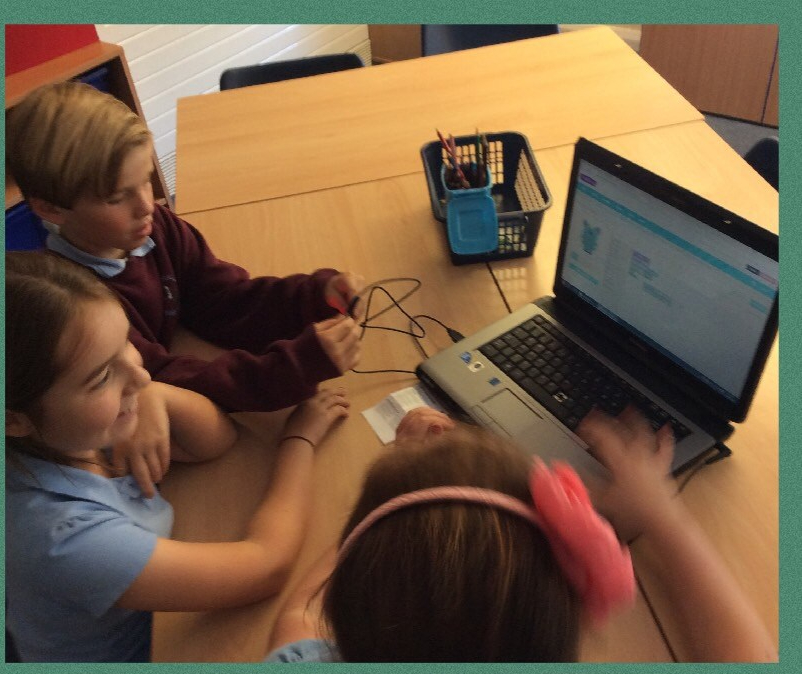‘Life After Scratch’
I was recently thinking about Scratch and its use both in mine and at other schools, which we start to cover in Year 2, this seems to be the common trend with other schools too. This is brilliant as it shows that schools are continuing to push and develop in their teaching of computer science. I think this is fantastic but it means by the time pupils are in year 5 and 6 they have done 3 years on primarily one piece of software. So this got me thinking about what else is available to schools that can continue to push children’s coding skills at Years 5 and 6. I have found quite a few options both block based programming like Scratch and Syntax or character based programming, which I will be adding regularly in the ‘Life After Scratch’ segment.
Code Bugs
CodeBug is a fun, low-cost, programmable wearable device that anyone can learn to use. They can be bought for about £10, which is a good price at time of year when budgets need to be spent. In my opinion, Codebugs are great little devices which can be programmed from a computer using a coding language called Blockly, this is very similar to Scratch in its interface.
Codebugs are designed to teach the fundamentals of programming, physical computing and electronics, while being friendly and non-intimidating for beginners. Codebugs have a set of LED lights which you can control from your computer as well as input and output ports for connecting peripheral devices. Users program the Codebug by plugging it into a computer and dragging and dropping the Blockly code into a script.
Once finished, pupils can use an emulator to see what it will look like when it has downloaded onto the Codebug it will run programs, pupils can follow guides to make exciting things such as a scrolling name badge or a version of the arcade game rock fall. What struck me as exciting was that my class were coding behind a screen and then downloading it to affect a machine which they could then hold in their hands, they could see their code in action physically rather than it have an outcome to something else digital; I think that this is quite interesting and fairly unique with Codebugs and similar devices such as Microbits and Raspberry Pis.
Final Thoughts
I would like to add as a quick disclaimer I am still a huge fan of Scratch and I still use it regularly in class and when I am running my Codeclub, however I feel it’s important to show my class what else is out there. Also, I think adding a bit of variety to Programming can have a couple of advantages it keeps engagement and enjoyment and by changing the format that children are using programming skills it could help their understanding of these principles.

Thanks for Reading
Adam Chase
@_geekyteacher

complete bias and self promotion here, sorry, though this is largely what i wrote fig for. if you send me an email i can talk to you about it in a little more detail, but basically i taught myself how to code when i was 5, moved from basic to qb before anyone was even learning html, and after watching programming get more complicated and tedious over the years, finally did my own thing.
i tried teaching basic and python to friends of mine– but fig being designed around the trouble they had, ive managed to teach coding concepts to people that never were able to get them any other way. its based on python 2, is character-based, and while im a fan of these “logo brick” languages as theyre very friendly, its not easy to tell everyone “this is coding” and get them to believe you.
i mean moving a cartoon cat around is absolutely coding, ive always liked logo myself. but some people think “this is just drawing in a weird way” and if we had more languages designed to make coding as easy as possible, i think they would still realise “hey, this is code.” nor do i think it should stop at fig– i strongly believe teachers should assist coders in developing more ideas along these lines, that more teachers and more coders can move us further along towards better educational languages. please do email me (emails going to show up with this comment somewhere in your settings) if this sounds interesting at all.
LikeLiked by 1 person